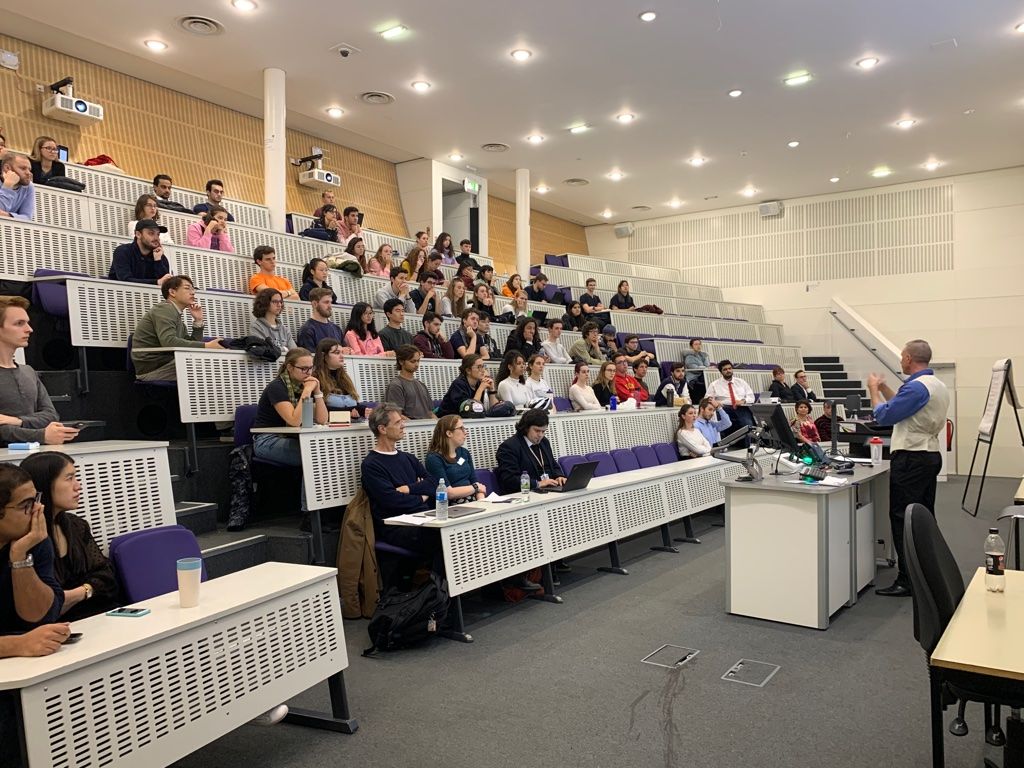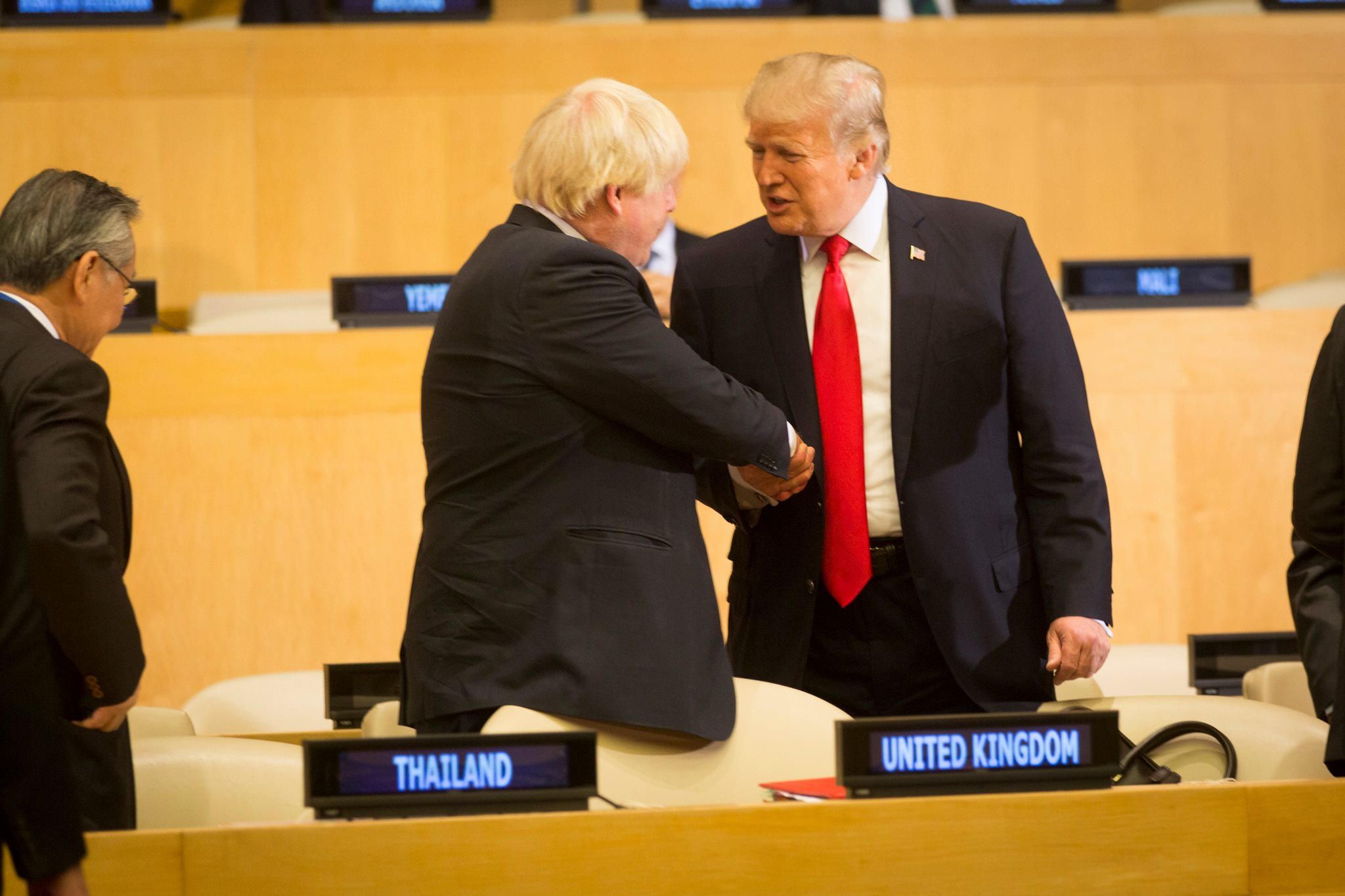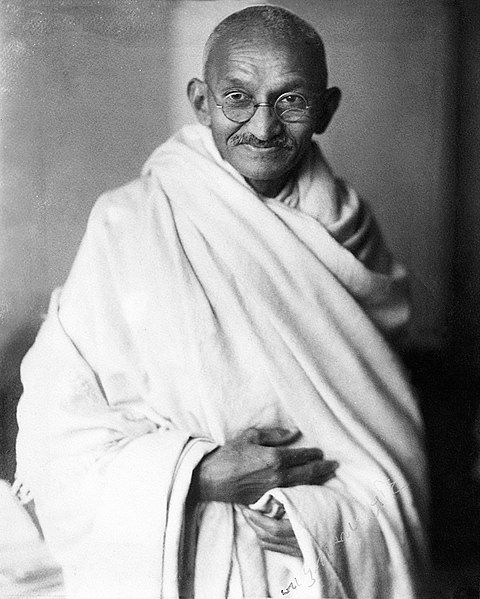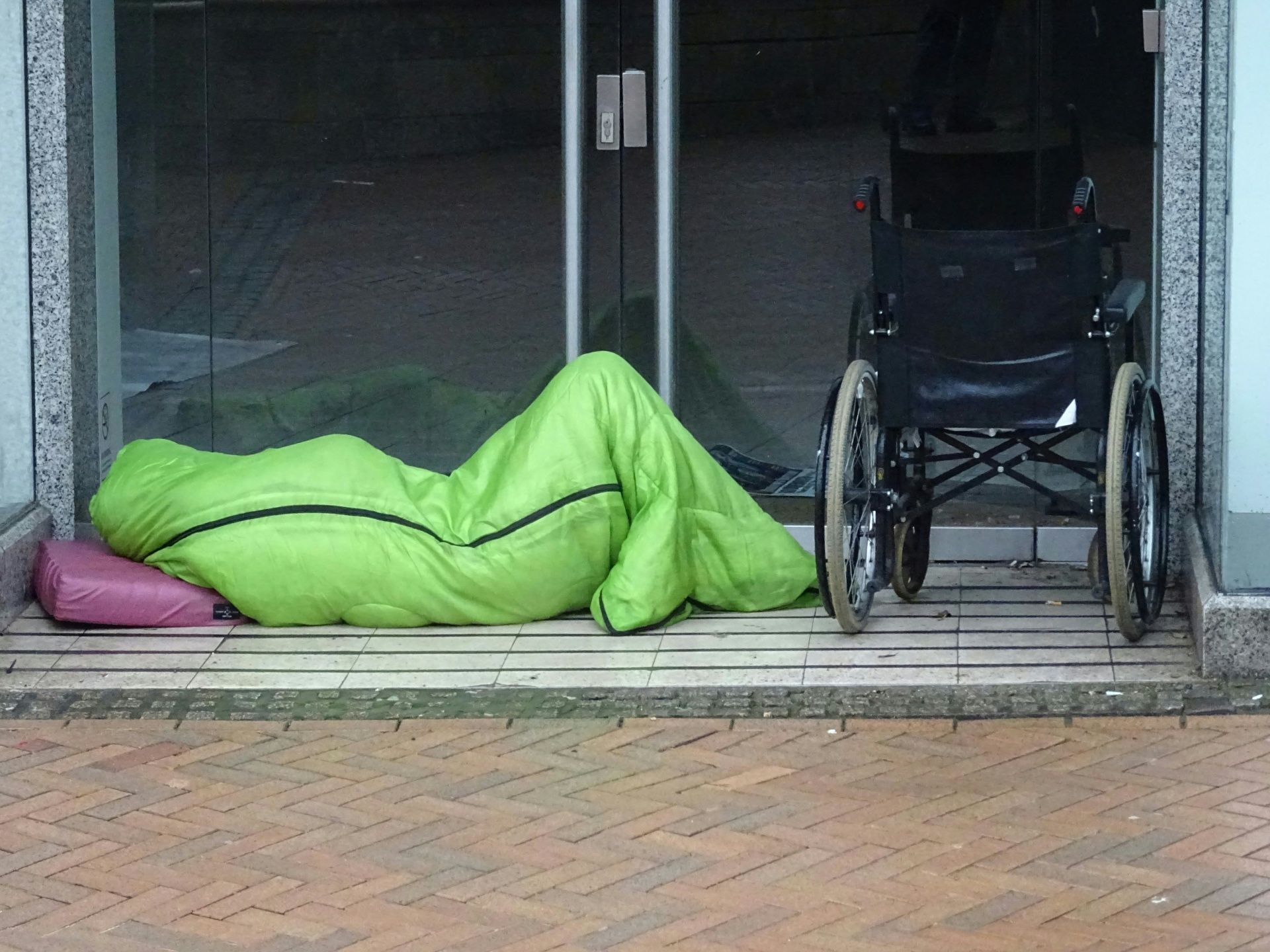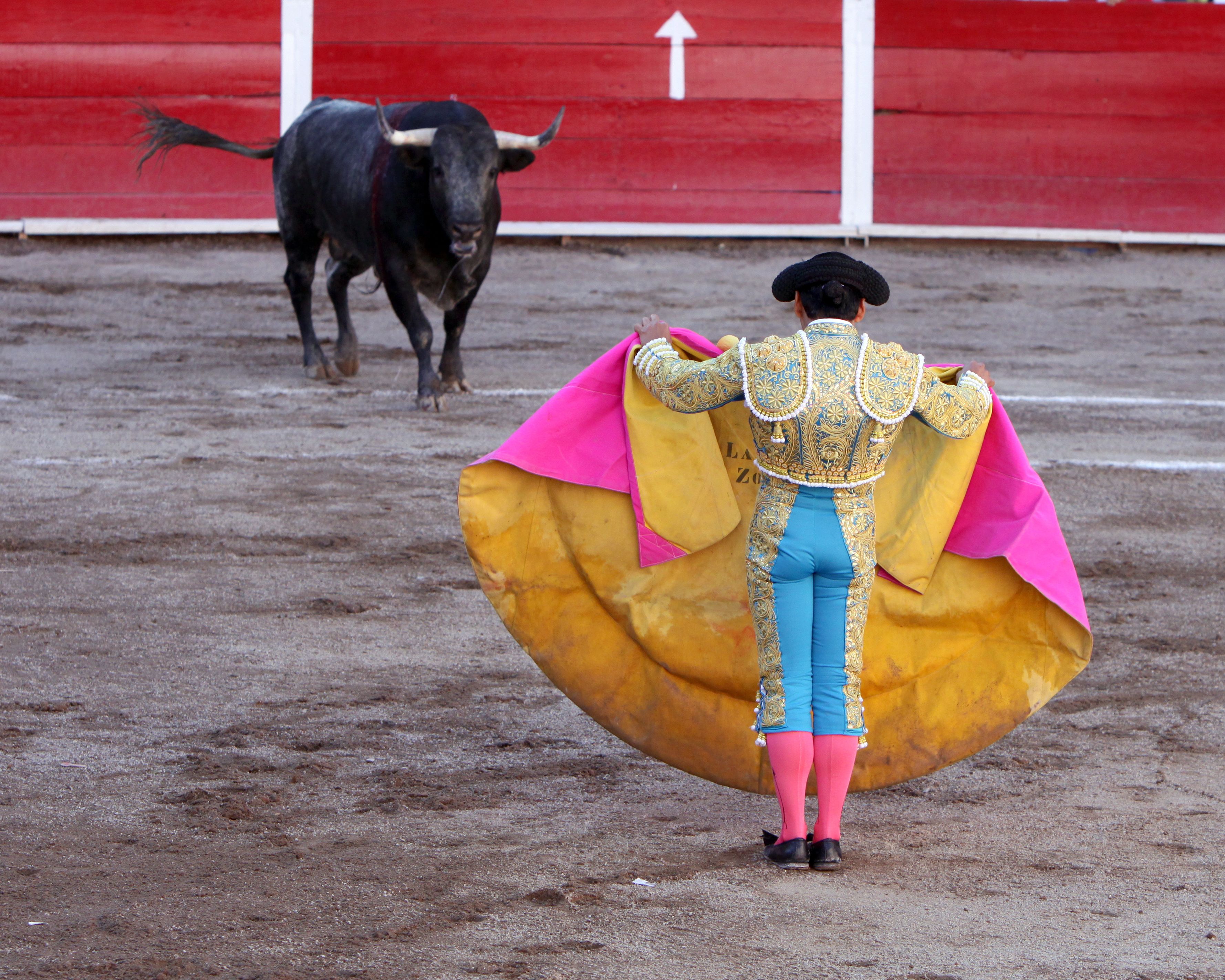Washington Nationals enter baseball history books
The Washington Nationals had to come from behind to be crowned World Series champions for the first time in their history.
Their dramatic 6-2 victory over the Houston Astros in the deciding seventh match meant they snatched the series, and the championship, by the narrowest of margins.
Playing in Texas, the hosts were 2-0 up and seemingly cruising as they headed into the seventh innings. That was until Anthony Rendon and Howie Kendrick stepped up to the plate with home runs to change the course of the series.
As the Nationals then cruised into the lead, benefiting off successfully loaded bases to create a safety margin between the two sides, the Astros struggled to press on from their early runs.
This was no doubt due to the heroics of both Stephen Strasburg and Max Scherzer. The former was named the series’ most valuable player while the latter returned from an unexpected back injury to keep the home side under wraps in the championship decider.
The fairy-tale story of the first side from the capital to win the World Series since 1924 becomes even greater when looking at both the regular season and the post season performances.
After losing 31 of their first 50 games it seemed like it would be another dreary season for the D.C. side. However, a complete turn-around in form set the tone for what was to come.
The Nats managed to win 64 out of their final 112 games, including an eight-match winning streak that closed the regular season, meaning they squeezed into the post season via the wild card.
However, the trend of coming from behind that Dave Martinez’s side had created for themselves did not stop there.
When facing the Milwaukee Brewers in the wild card fixture the Nats came from a 3-0 deficit to win the match 4-3 and qualify for the quarter-finals.
The quarters pitched the Washington side against the Western Leagues’ highest regular season scorers, the Los Angeles Dodgers. Despite sitting 2-1 down in the series, the Nats once again showed their spirit and beat many of whom believed to be the favourites 3-2.
Confidence then seemed to be flowing through the veins of Martinez’s players who easily dispatched of the St Louis Cardinals 4-0 to book their place in the final, where the Washington Nationals made history.
The final itself was also one for the record books. This is due to the away team winning each of the series’ seven matches.
The series got underway with two straight wins for the Nats in Houston, before the Astros completely changed the complexion of the series with three comfortable wins on the bounce.
The fifth match of the series, that put the Astros 3-2 up, gathered particular attention when President Donald Trump was booed by the supporters as he appeared on the big screen, with reported chants of “lock him up” coming from sections of the stadium.
The Astros may have thought they were home and dry, but the Nationals were in the same position they had been all season as they travelled to Texas in a losing position.
In the pattern of the tournament the visitors won the first match 7-2, before coming from behind in the final game to win the match, series, and championship, putting an end to another thrilling series of Major League Baseball.

